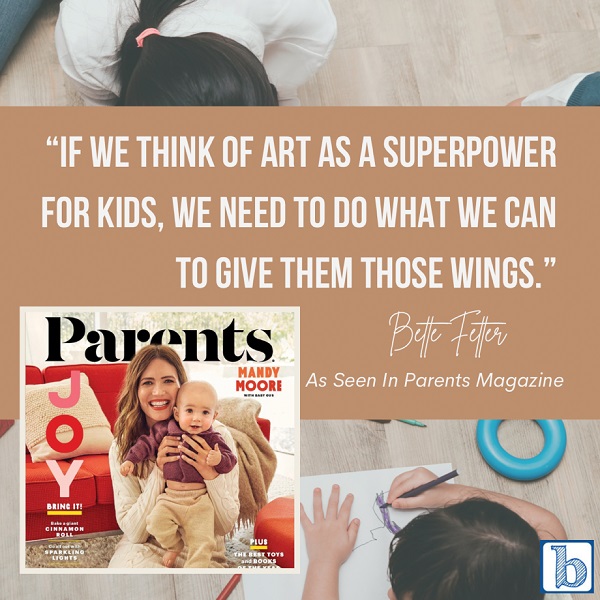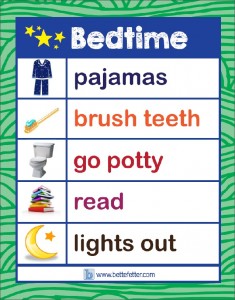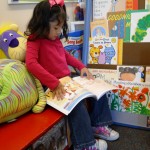Give Kids a Superpower
 Learning to draw and developing “visual literacy” has broader benefits that help kids succeed academically. Parents know this and demand for Young Rembrandts classes has skyrocketed with waiting lists in some areas.
Learning to draw and developing “visual literacy” has broader benefits that help kids succeed academically. Parents know this and demand for Young Rembrandts classes has skyrocketed with waiting lists in some areas.
 Learning to draw and developing “visual literacy” has broader benefits that help kids succeed academically. Parents know this and demand for Young Rembrandts classes has skyrocketed with waiting lists in some areas.
Learning to draw and developing “visual literacy” has broader benefits that help kids succeed academically. Parents know this and demand for Young Rembrandts classes has skyrocketed with waiting lists in some areas.

What is your child’s learning style? There are three basic learning styles; visual, tactile, and auditory. Take the test and get immediate results: Is your child a visual learner?


